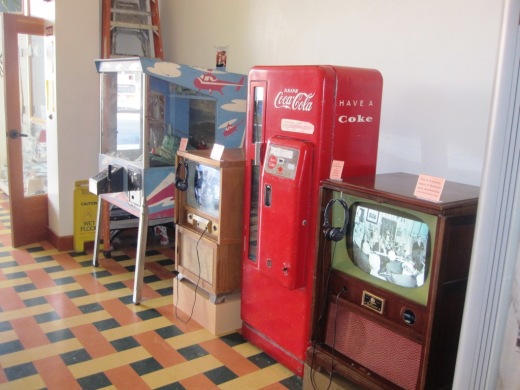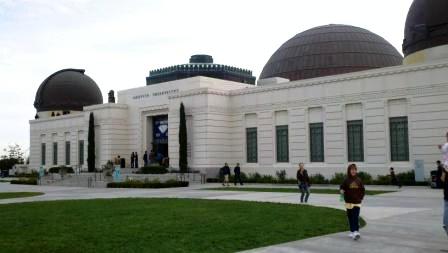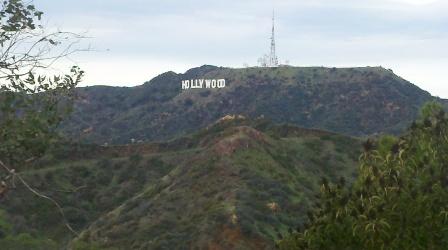Getty Villa in Pacific Palisades
/The Getty Villa is located at 17985 Pacific Coast Highway in Pacific Palisades, one mile north of Sunset Boulevard, overlooking the Pacific Ocean. It is about 28 miles from the heart of Thousand Oaks. The most direct path is the 101 south to Old Topanga Canyon Road, though you can also take other arteries like Malibu Canyon and Kanan to PCH.
The Getty Villa is one of two locations of the J. Paul Getty Museum, the other being the spectacular Getty Center in Brentwood.
The Getty Villa houses the J. Paul Getty Museum’s extensive collection of over 44,000 Greek, Roman and Etruscan antiquities dating from 6,500 BC to 400 AD, including the Lansdowne Heracles and the Victorious Youth. More than 1,200 of them are on view in 23 galleries devoted to the permanent collection. An additional six galleries present changing exhibitions, often featuring works from other institutions.
Main museum at the Getty Villa
The Family Forum features hands-on activities that encourage shared learning and discovery for children, while another interactive installation, the TimeScape Room, helps place the collection in an historical context.
On a personal note, this place is stunning, Pristine, well maintained, peaceful. The grounds take you back to how the Romans may have lived. Although my younger son in 3rd grade was not particular engaged during our first visit, my 6th grader had learned about the Greek and Roman Gods in school and found many of the exhibits quite interesting. There's also a cafe and gift shop.
Due to the severe drought this was not filled with water, but is beautiful nonetheless
Located on a pristine 64 acres, the Getty Villa is modeled after the Villa dei Papiri, a first-century Roman country house, the Villa is an airy, sunlit environment, featuring mosaic floors and colorful trompe l’oeil walls and paintings. Its four gardens and grounds are planted with species known from the ancient Mediterranean, creating lush and fragrant places to stroll. There is also a 450 seat outdoor theater at the Villa.
You'll notice that these many of the antiquities on display have damages incurred for various reasons (they were outdoor displays thousands of years ago). This adds to their aura.
The UCLA/Getty Master’s Program in Archaological and Ethnographic Conservation is housed on this campus. The collection is documented and presented through the online GettyGuide as well as through audio tours.
Admission to the Getty Villa is free of charge but requires advance reservation with a timed ticket that you can obtain at www.getty.edu, or by calling (310) 440-7300. There is a parking charge of $15 per car; $10 after 5pm for evening events.
Open Wednesday–Monday, 10:00 a.m. to 5:00 p.m. Closed Tuesdays and on major holidays (January 1, July 4, Thanksgiving and Christmas Day).
Outdoor amphitheater has an authentic feel to it





































